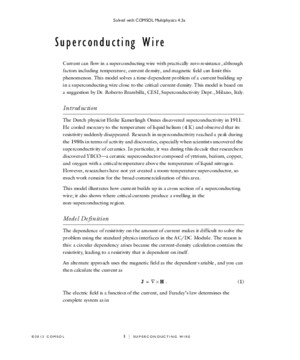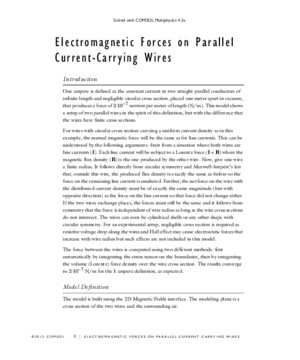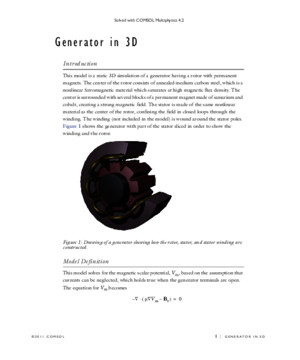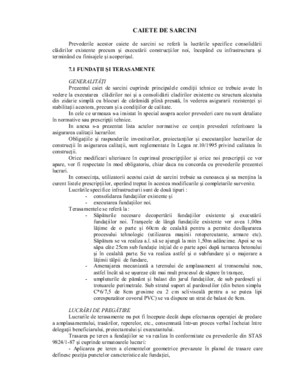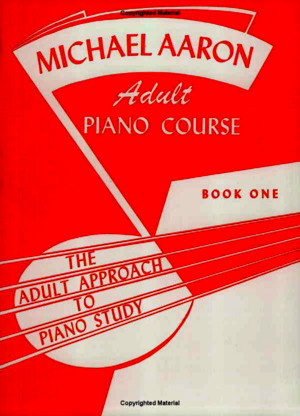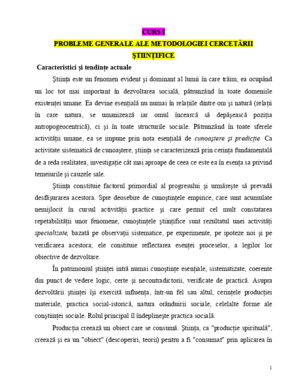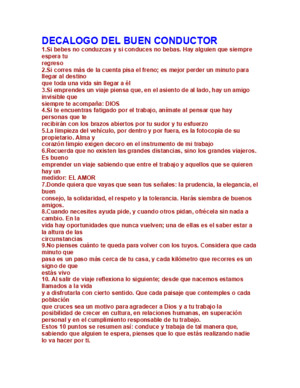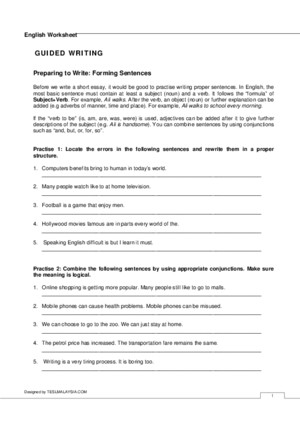ModelsacdcSuperconducting Wire
There is document - ModelsacdcSuperconducting Wire available here for reading and downloading. Use the download button below or simple online reader.
The file extension - PDF and ranks to the Documents category.
Tags
Related
Comments
Log in to leave a message!
Description
Download ModelsacdcSuperconducting Wire
Transcripts
Solved with COMSOL Multiphysics 43a ©2012 COMSOL 1 | SUPERCONDUCTING WIRE Superconducting Wire Current can flow in a superconducting wire with practically zero resistance, although factors including temperature, current density, and magnetic field can limit this phenomenon This model solves a time-dependent problem of a current building up in a superconducting wire close to the critical current density This model is based on a suggestion by Dr Roberto Brambilla, CESI, Superconductivity Dept, Milano, Italy Introduction The Dutch physicist Heike Kamerlingh Onnes discovered superconductivity in 1911 He cooled mercury to the temperature of liquid helium ( 4 K) and observed that its resistivity suddenly disappeared Research in superconductivity reached a peak during the 1980s in terms of activity and discoveries, especially when scientists uncovered the superconductivity of ceramics In particular, it was during this decade that researchers discovered YBCO—a ceramic superconductor composed of yttrium, barium, copper, and oxygen with a critical temperature above the temperature of liquid nitrogen However, researchers have not yet created a room-temperature superconductor, so much work remains for the broad commercialization of this areaThis model illustrates how current builds up in a cross section of a superconducting wire; it also shows where critical currents produce a swelling in the non-superconducting region Model Definition The dependence of resistivity on the amount of current makes it difficult to solve the problem using the standard physics interfaces in the AC/DC Module The reason is this: a circular dependency arises because the current-density calculation contains the resistivity, leading to a resistivity that is dependent on itself An alternate approach uses the magnetic field as the dependent variable, and you can then calculate the current as (1) The electric field is a function of the current, and Faraday’s law determines the complete system as in J ∇ H × = Solved with COMSOL Multiphysics 43a2 | SUPERCONDUCTING WIRE©2012 COMSOL (2) where E ( J ) is the current-dependent electric field The model calculates this field with the empirical formula (3) where E 0 and α are constants determining the nonlinear behavior of the transition to zero resistivity, and J C is the critical current density, which decreases as temperature increases For the superconductor YBCO, this model uses the following parameter values (Ref 1):Systems with two curl operators are best dealt with using vector elements (edge elements) This is the default element for the physics interfaces in the AC/DC Module that solve similar equations This particular formulation for the superconducting system is not available in the AC/DC Module, so you must define it using the General Form PDE interface In addition, the model uses higher-order vector elements, called curl elements in COMSOL Multiphysics The resulting system becomes (4) For symmetry reasons, the current density has only a z -componentThe model controls current through the wire with its outer boundary condition Because Ampère’s law must hold around the wire, a line integral around it must add PARAMETER VALUE E 0 00836168 V/m α 1449621256 J C 17 MA T C 92 K ∇ E J ( )× µ H ∂ t ∂ ------- –= E J ( ) 0 J J C < E 0 J J C – J C ------------------- α JJ ----- J J C ≥ = D a H ddt -------- ∇ + ⋅ F µ 0 00 µ 0 H x dtd ----------- H y dtd ----------- ⋅ ∇ + 0 E z J z ( ) E z J z ( ) – 0 ⋅ 00 = = Solved with COMSOL Multiphysics 43a ©2012 COMSOL 3 | SUPERCONDUCTING WIRE up to the current through the wire Cylindrical symmetry results in a known magnetic field at the outer boundary (5) For vector elements, the Dirichlet boundary conditions add a constraint on the tangential component of the vector field If the field components are called H x and H y , the tangential counterparts are t H x and t H y Results and Discussion The model applies a simple transient exponential function as the current through the wire, reaching a final value of 1 MA This extremely large current is necessary if the superconducting wire is to reach its critical current density Plotting the current density at different time instants shows the swelling of the region in which the current flows This swelling comes from the transition out of the superconducting state at current densities exceeding J C Figure 1 presents a plot of the current density at t = 01 s Figure 1: The current density at 01 s H ld ⋅ ° 2 π rH φ I wire H φ I wire 2 π r ------------ = = =
Recommended

